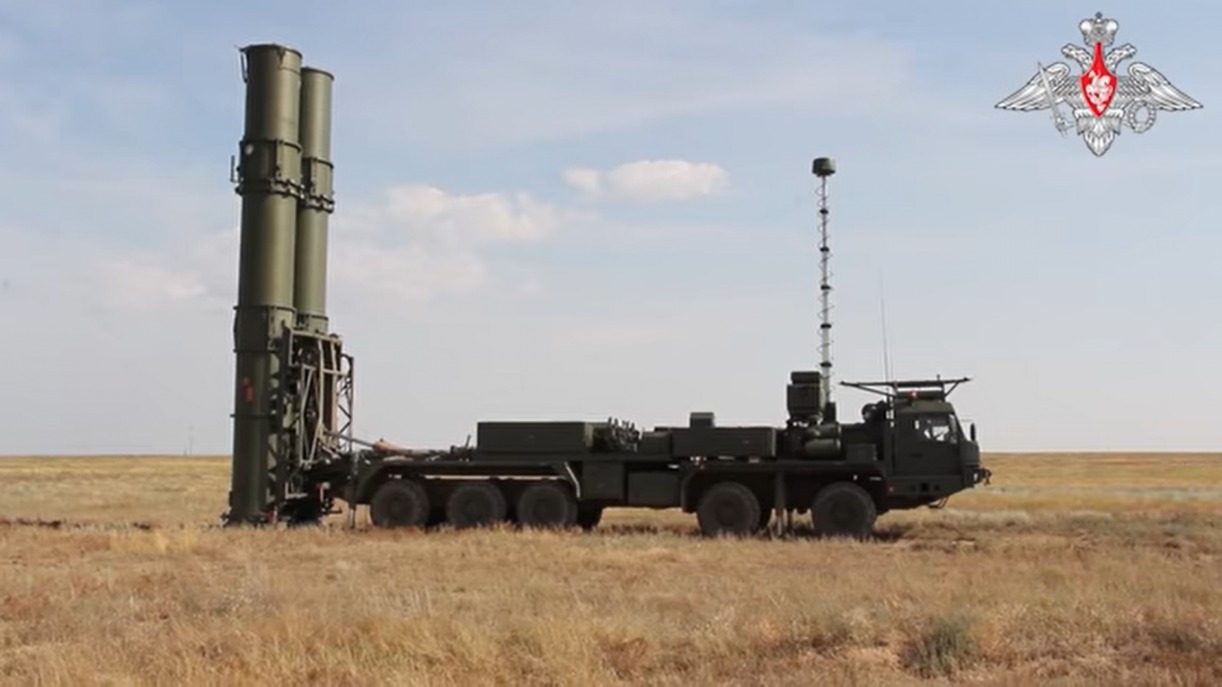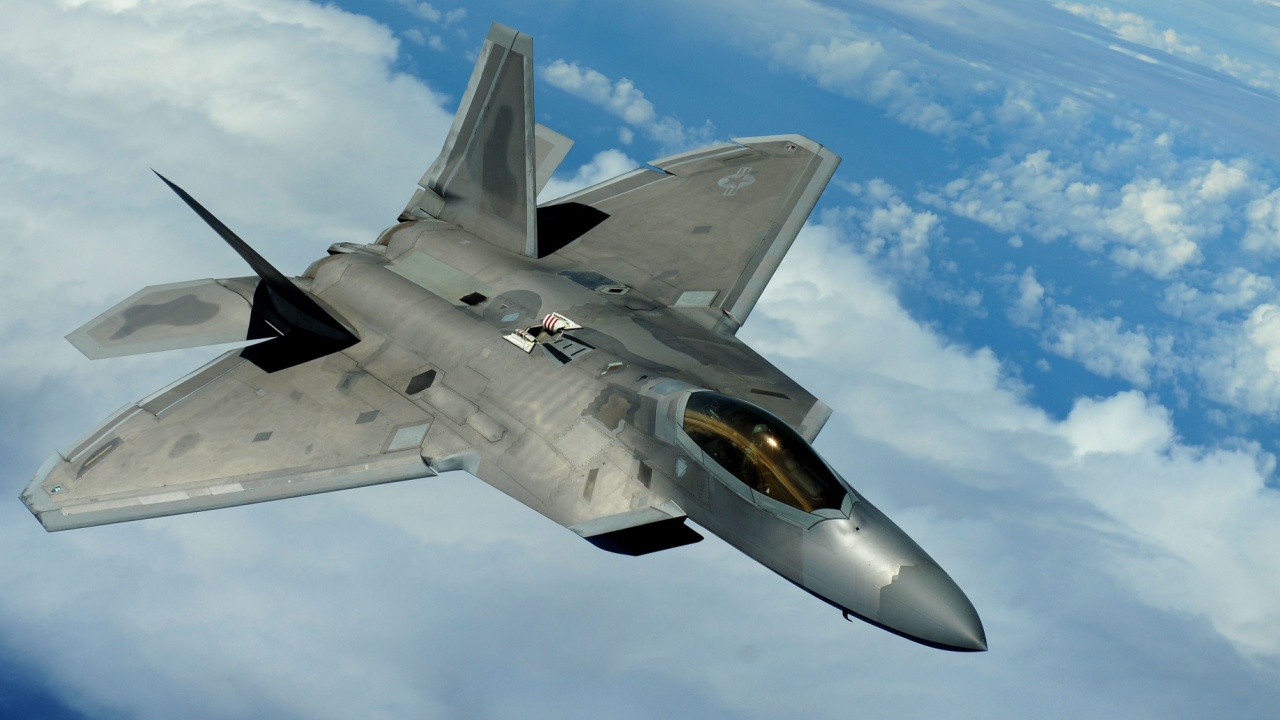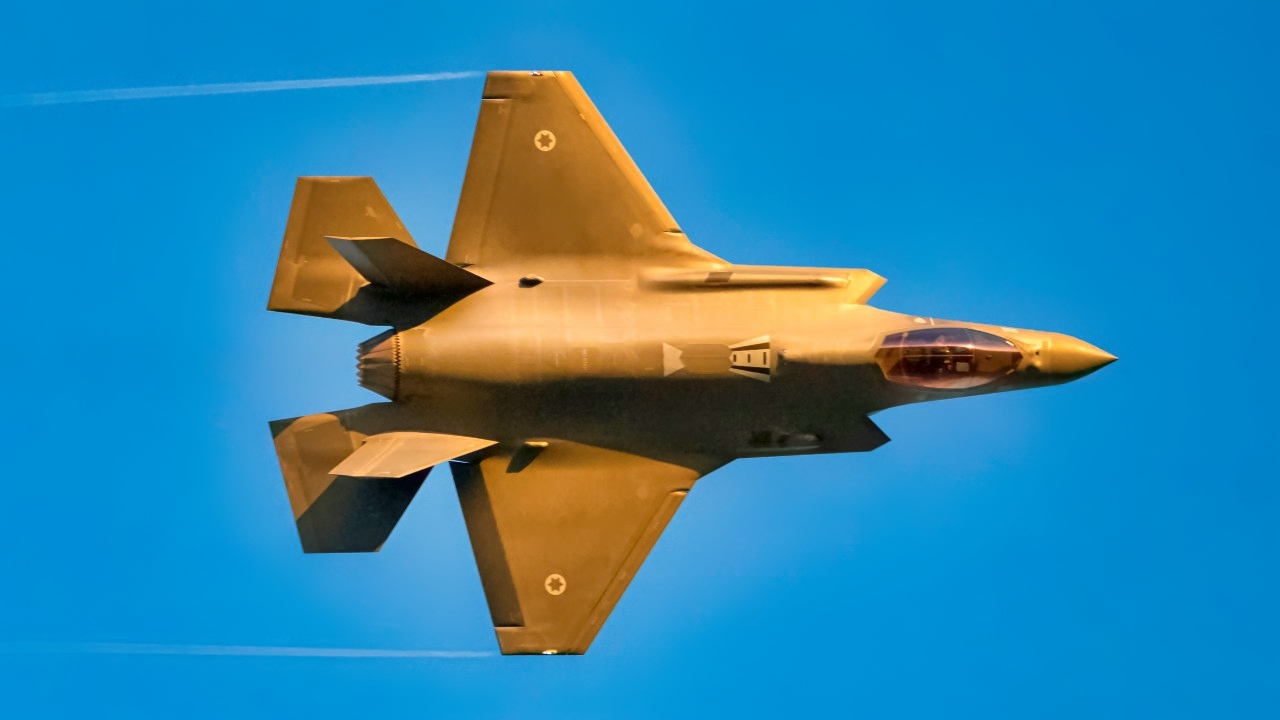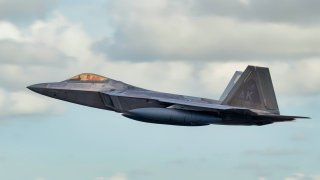S-500: Russia Claims this Air Defense System Can 'Target' F-22 and F-35 Fighters
Russia might have deployed its single operational S-500 "Prometheus" air defense system to occupied Crimea. The S-500 would protect the Kerch Strait and likely the Kerch Bridge, which remains a key supply route to the peninsula.
How Many S-500 Air Defense Systems Does Russia Actually Have?

Russia might have deployed its single operational S-500 "Prometheus" air defense system to occupied Crimea.
The S-500 would protect the Kerch Strait and likely the Kerch Bridge, which remains a key supply route to the peninsula.
The Great S-500 Question
As David Axe writes for Forbes, the S-500 has been in development for more than a decade, and it wasn't expected to enter operational service until 2025.
"The deployment of the incomplete S-500 battery to Crimea underscores how dire Russia's air-defense problem is on the peninsula," Axe writes, adding that the system is a modest improvement on the existing S-400 Triumf, which Kyiv’s forces consider a high-value target.
Even as an experimental platform, though, it would be unwise to underestimate the capabilities of the S-500. The Kremlin claims the anti-aircraft system has a range of 370 miles (600 kilometers) and that it can take out ballistic missiles and other aerial threats.
"With a response time of 4 seconds, the weapon is claimed to have capacity to engage targets in low Earth orbit, including satellites,"Interesting Engineering reported.
In July 2021, Rob Lee, senior fellow at the Foreign Policy Research Institute, shared footage of the S-500 during tests on social media and cited a report from Russian state media.
"The first public footage of a live-fire test of the S-500 anti-ballistic missile system at Kapustin Yar. The question is whether this is the 40N6 missile that the S-400 can also employ (which is my guess) or from the 77N6-series of missiles," Lee wrote on Twitter, now known as X.
More Than a Launcher
Similar to other modern air defense platforms, the S-500 Prometheus is more than a single component. It consists of six interconnected modules – the 77P6 launch vehicle, 55K6MA and 85Zh6-2 command posts, the 91N6A(M) acquisition and battle management radar system, the 96L6-TsP acquisition radar, and the 76T6 multimode and 77T6 ABM engagement radars. All of these elements are mounted on BAZ multi-wheeled trucks or trailers.

The system moves as a sort of mini-convoy.
It can employ either the 40N6M missile in its primary air defense role, or the 77N6/77N6-N1 anti-ballistic/anti-satellite missile.
The platform's maker, Almaz-Antey, has suggested it could detect and simultaneously engage up to 10 ballistic hypersonic missiles flying at 7,000 meters (4.3 miles) a second, and at altitudes of more than 180 km (110 miles). That has not been confirmed. Moscow also claims the S-500 can successfully target fifth-generation stealth aircraft like the F-22 Raptor and F-35 Lightning II fighters.
Kyiv Will Make It a Target
The S-500's arrival in Crimea does speak to the threat the peninsula is under. Russian forces have lost several S-300 and S-400 air defense systems, and the Kerch Bridge has come under attack on multiple occasions.

The S-500 could plug gaps in Russia's air defenses, but given that it is still essentially a prototype, it might fail to do the job as expected. It could easily end up in Ukraine's crosshairs and be taken out. It is therefore a big gamble that the Kremlin is deploying one of its most hyped platforms to Crimea.
Author Experience and Expertise: Peter Suciu
Peter Suciu is a Michigan-based writer. He has contributed to more than four dozen magazines, newspapers, and websites with over 3,200 published pieces over a twenty-year career in journalism. He regularly writes about military hardware, firearms history, cybersecurity, politics, and international affairs. Peter is also a Contributing Writer for Forbes and Clearance Jobs. You can follow him on Twitter: @PeterSuciu. You can email the author: [email protected].
All images are Creative Commons or Shutterstock.


